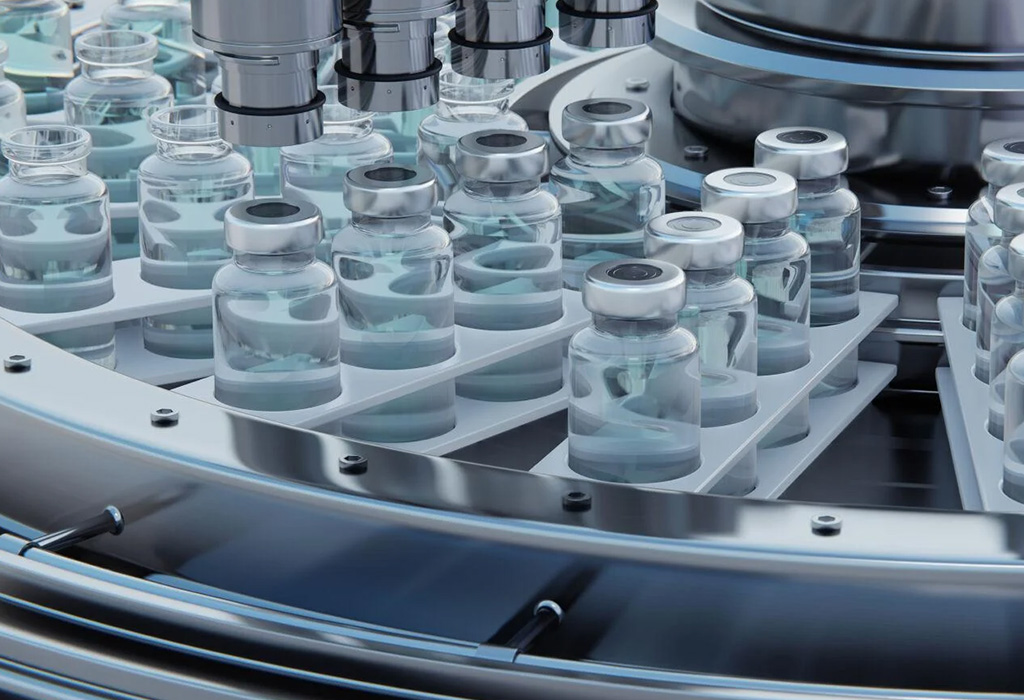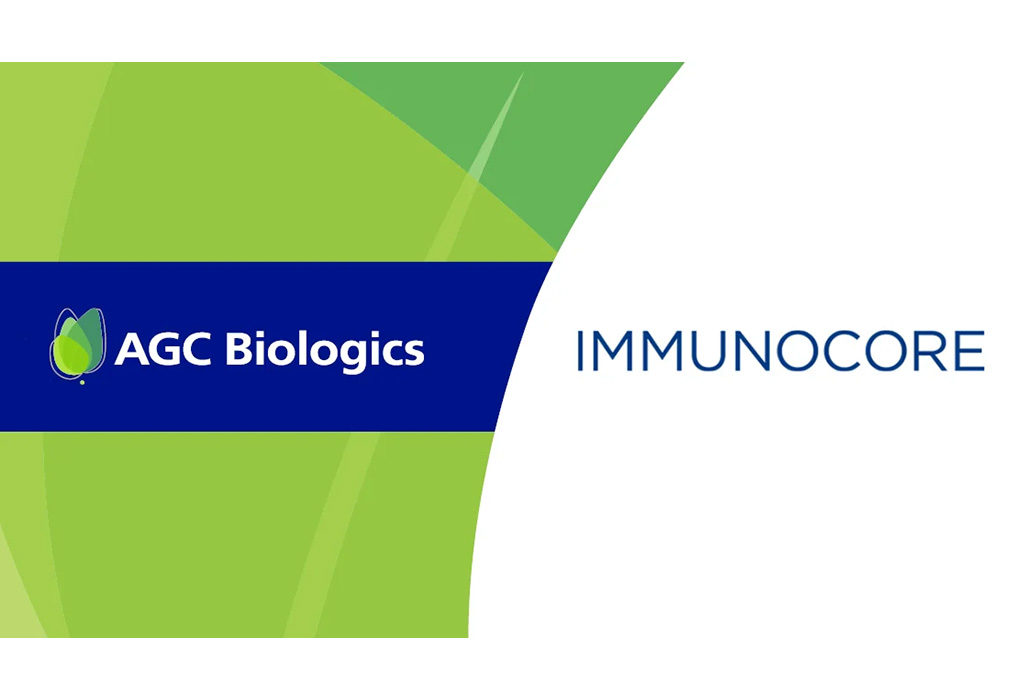Gliomas with the H3K27M mutation, particularly diffuse midline gliomas (DMGs) and diffuse intrinsic pontine gliomas (DIPG), are among the most challenging brain cancers to treat. Affecting mainly children and young adults, these aggressive tumors typically lead to poor survival rates, with current treatments offering limited success. Recent research, however, has opened a promising path forward. In a groundbreaking clinical trial, scientists explored the use of genetically modified immune cells—known as GD2-CAR T cells—to target these gliomas. This Phase I trial, known as NCT04196413, offers hope for a treatment that could change the future for patients with this devastating disease.
The Challenge of Treating H3K27M-Mutant Gliomas
DMGs, including DIPG, are located in critical regions of the brain and are notoriously resistant to most treatments. Traditional therapies, such as radiation, only offer temporary relief, and chemotherapy has not shown significant impact on survival rates. As a result, there is an urgent need for innovative therapeutic approaches that can precisely target these tumors while sparing healthy brain tissue.
This trial harnessed the power of chimeric antigen receptor (CAR) T-cell technology, an approach that has shown success in treating certain blood cancers. CAR T cells are modified to recognize specific markers on cancer cells, in this case, GD2—a molecule highly expressed on the surface of H3K27M-mutant glioma cells. GD2-CAR T cells are engineered to bind to this marker, enabling them to attack and kill the tumor cells.
A Dual Approach: Intravenous and Intracerebroventricular Administration
The trial was designed to test the safety and feasibility of both intravenous (IV) and intracerebroventricular (ICV) administration of GD2-CAR T cells. The study enrolled 13 patients, aged 2–30, with confirmed H3K27M-mutant DMGs. After undergoing lymphodepleting chemotherapy, participants received an initial dose of GD2-CAR T cells intravenously, followed by additional infusions directly into the brain (ICV) based on their initial response.
The primary goal was to determine the maximum tolerated dose, with secondary objectives to assess clinical benefits and tumor response. The findings revealed that 1 million CAR T cells per kilogram was the most effective and safe IV dose, as higher doses led to dose-limiting toxicities such as cytokine release syndrome (CRS), a side effect marked by excessive inflammation.
Tumor Reduction and Clinical Benefits
The results of the trial have been remarkable. Four patients demonstrated major tumor reductions, with reductions as high as 100% in one patient. Notably, one patient achieved a complete response that has continued for more than 30 months. Nine out of eleven patients who received the therapy experienced significant neurological improvements, with enhancements in mobility, sensory function, and overall quality of life.
Imaging studies revealed reductions in tumor volume, while clinical assessments tracked improvements in neurological symptoms, such as improved balance and motor control. In some cases, tumor regression coincided with measurable decreases in tumor DNA within cerebrospinal fluid (CSF), further supporting the effectiveness of GD2-CAR T cells in targeting and diminishing the tumors.
Managing Side Effects: A Comprehensive Approach to Safety
While the potential of GD2-CAR T cell therapy is clear, the treatment does carry risks. Most patients experienced tumor inflammation-associated neurotoxicity (TIAN), especially following IV infusions. The inflammation, while manageable, required intensive monitoring and symptomatic treatment, highlighting the importance of a multidisciplinary approach to manage potential complications.
Fortunately, ICV infusions were associated with fewer severe side effects. This method allows the GD2-CAR T cells to enter the brain directly, reducing systemic cytokine release that can lead to CRS. As a result, ICV infusions may offer a safer and more effective option for delivering the therapy, particularly as patients require repeated doses over time.
Looking Forward: Toward a Phase II Trial
The findings from this Phase I trial are a crucial step toward the development of an effective treatment for DMGs and DIPG. By establishing the safety and therapeutic potential of GD2-CAR T cells, this study paves the way for further research. The upcoming Phase II trials will aim to optimize dosage, reduce side effects, and evaluate the long-term survival benefits of this therapy.
Conclusion
This trial represents a significant milestone in the fight against brain cancers with limited treatment options. GD2-CAR T cell therapy has shown not only that it can shrink tumors in patients with DMGs and DIPG but also that it can improve neurological function and quality of life. While challenges remain in managing side effects, the potential for a targeted, effective therapy offers renewed hope for patients and families facing these devastating cancers.
As this therapy progresses through further clinical testing, it holds the promise of not only extending survival but also improving the lives of those affected by H3K27M-mutant gliomas.
Come and join us at the Cell & Gene Therapy Manufacturing Summit 2025, taking place on the 12th – 13th of February 2025 at the Messe and Congress Center in Basel, Switzerland. This is where the brightest minds in CGT will gather to explore the latest in manufacturing technologies—from bioreactors and 3D cultures to in-vivo cell engineering—that are revolutionizing therapy production. Network with key stakeholders, engage in dynamic sessions on precision analytics, QA/QC, and groundbreaking CRISPR-based techniques, and help shape the future of cell and gene therapies. We look forward to welcoming you to this exciting event! Find out more: https://imapac.com/events/cell-and-gene-therapy-manufacturing-summit/
Source:
Monje, M., Mahdi, J., Majzner, R. et al. Intravenous and intracranial GD2-CAR T cells for H3K27M+ diffuse midline gliomas. Nature (2024). https://doi.org/10.1038/s41586-024-08171-9
Disclaimer: This article is intended for informational purposes only and is not a substitute for professional medical advice, diagnosis, or treatment. The results and findings discussed are specific to the referenced clinical trial and may not be applicable to other studies or patient populations. For any health concerns or questions regarding treatments, always consult a qualified healthcare provider. The information provided about the Cell & Gene Therapy Manufacturing Summit 2025 is accurate as of the publication date and is subject to change.





